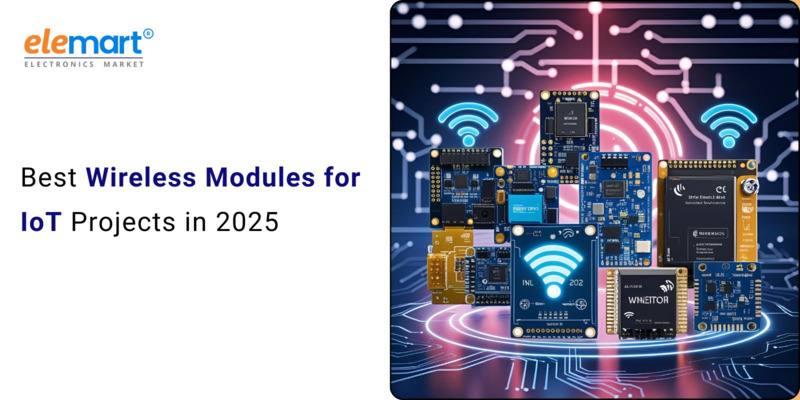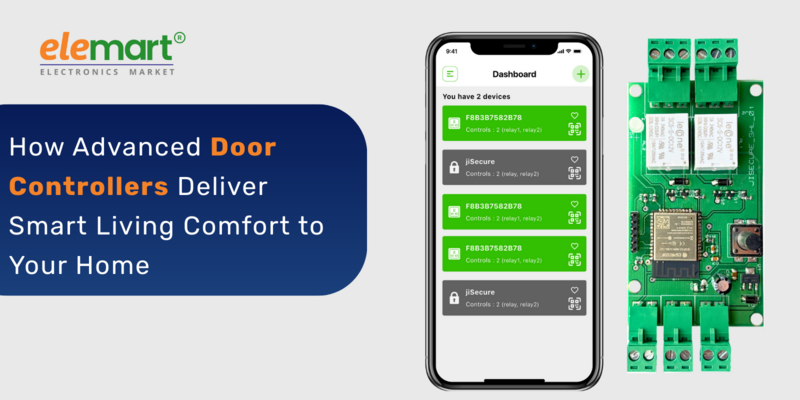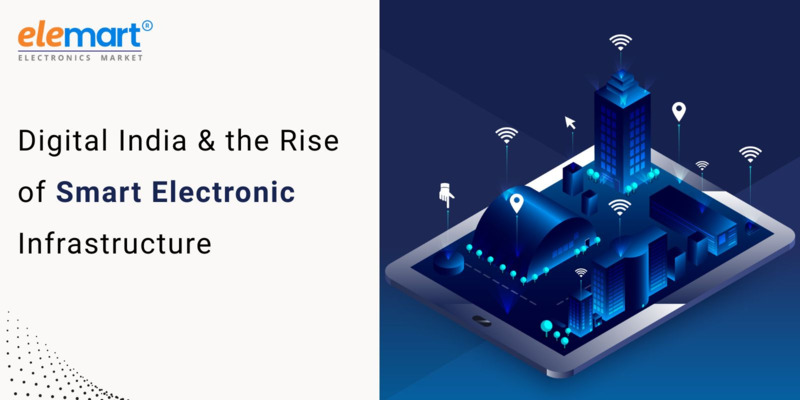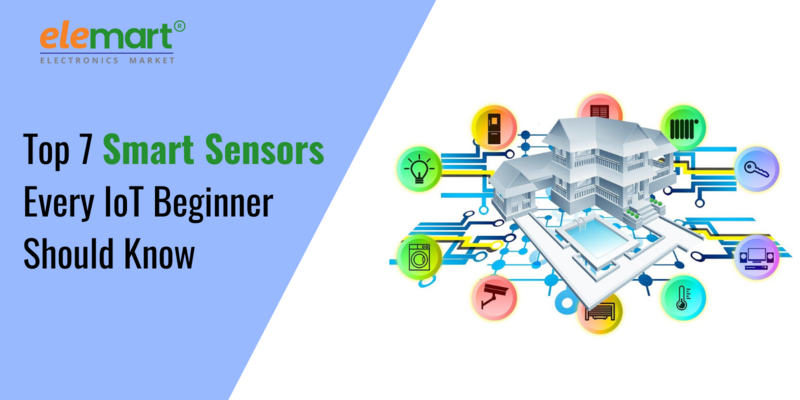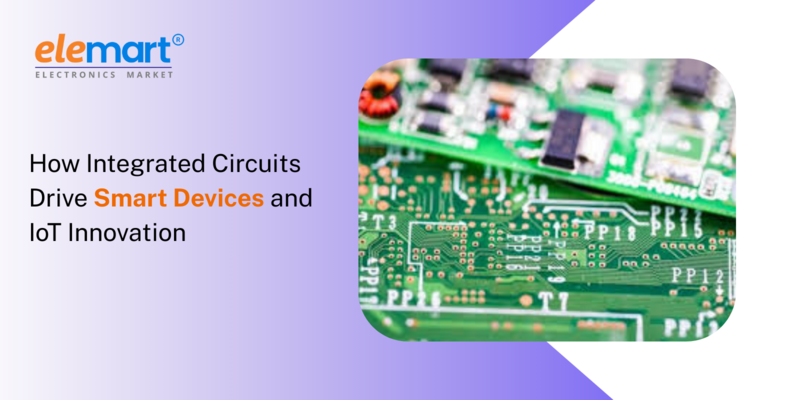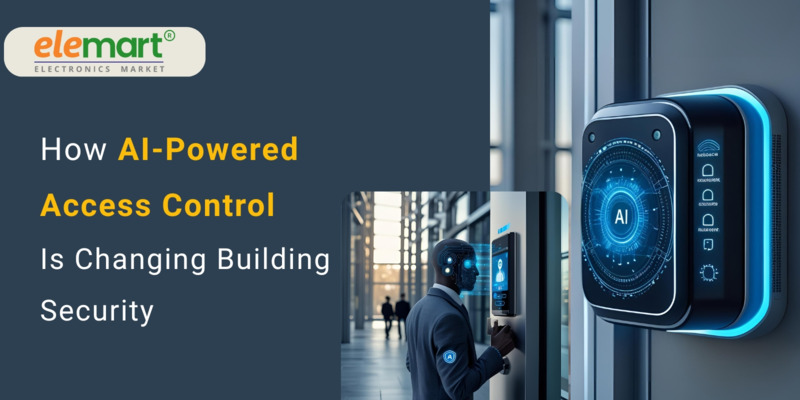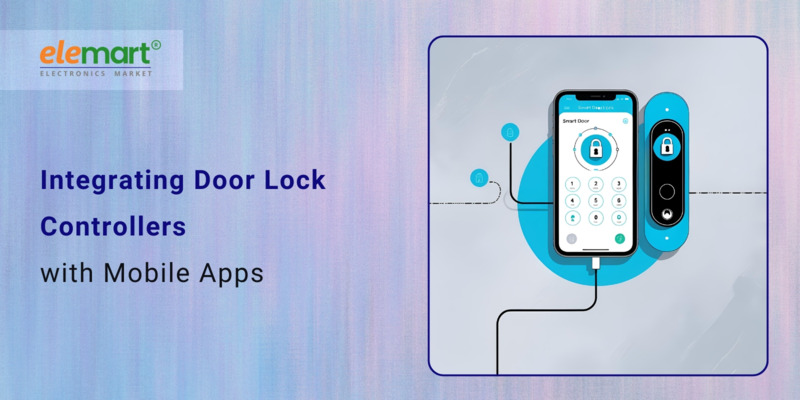- Jun 26, 2025
Share this post on:
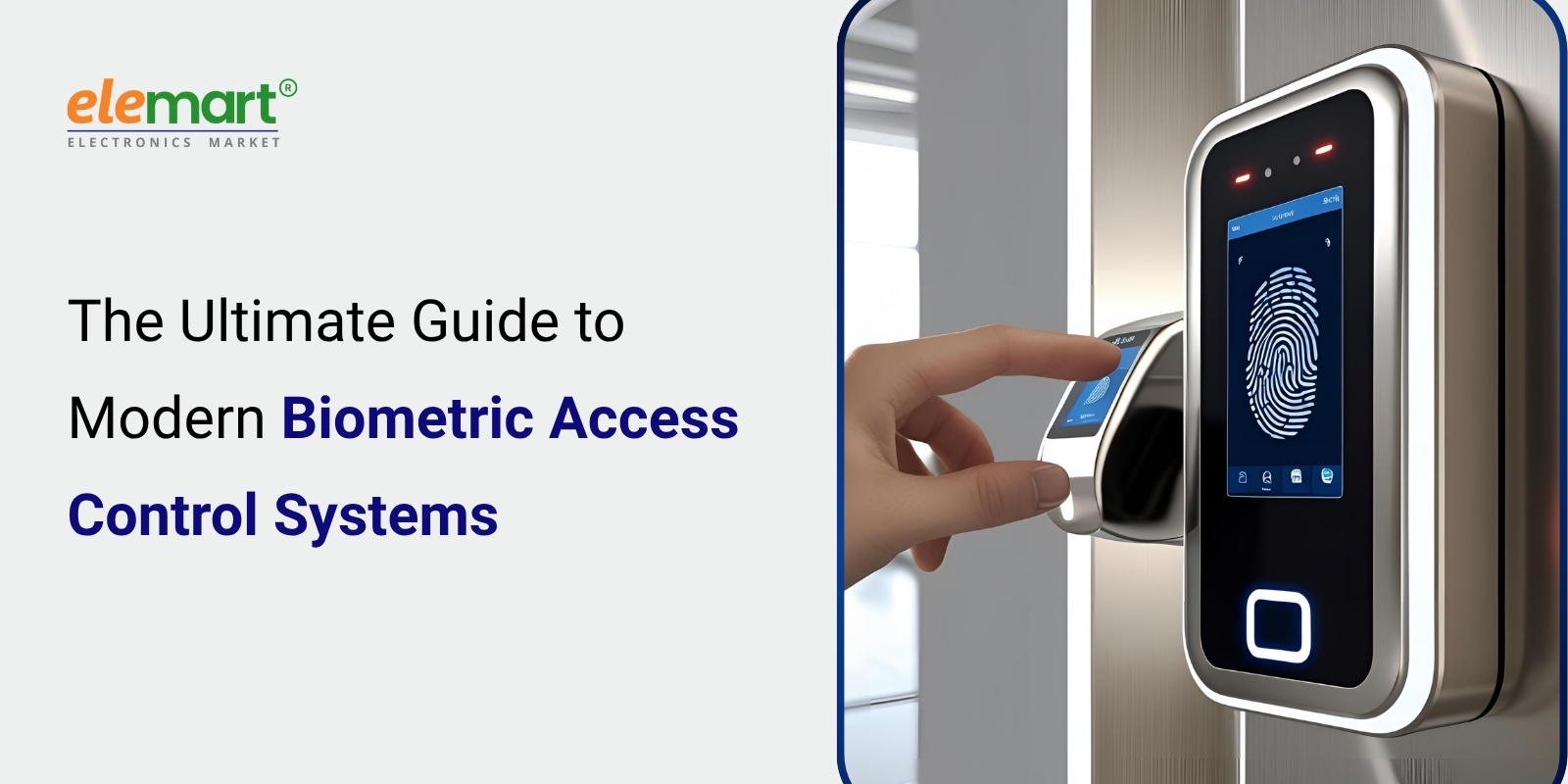
For decades, physical security has relied on keys, codes, and badges. While these methods still have their place, they're increasingly vulnerable to theft, duplication, and human error. Enter biometric access control – a sophisticated layer of security that leverages unique biological traits to verify identity. This guide provides a comprehensive overview of modern biometric access control systems, covering everything from the fundamental principles to emerging technologies and future trends.
What is Biometric Access Control?
At its core, biometric access control is a security system that uses unique biological characteristics to identify and authenticate individuals seeking entry. Unlike traditional methods, which often rely on something you know (a password) or something you carry (a keycard), biometrics leverages something you are. This inherent linkage to the individual drastically reduces the risk of unauthorized access.
Why is Biometric Access Control Becoming More Popular?
Several factors are driving the increased adoption of biometric access control:
- Enhanced Security: Biometric identification is significantly more secure than traditional methods. It’s much harder to forge or steal a fingerprint, iris scan, or facial feature than a keycard.
- Improved Accountability: Biometrics create a verifiable audit trail, providing a clear record of who accessed a location and when.
- Reduced Costs: While the initial investment can be higher, biometric systems can reduce long-term costs associated with replacing lost keycards, managing access codes, and dealing with security breaches.
- Convenience: Biometrics offer a hands-free and frictionless user experience, eliminating the need to remember passwords or carry physical access tokens.
- Compliance: Certain industries (healthcare, finance) have stringent regulatory requirements regarding data security and access control, making biometrics a practical and often necessary solution.
Types of Biometric Access Control Technologies
The field of biometrics is constantly evolving, but here’s an overview of the most prevalent technologies currently in use:
- Fingerprint Scanning: This is arguably the most widely adopted biometric technology. Modern fingerprint scanners use capacitive sensors or optical sensors to capture a detailed image of the fingerprint’s ridges and valleys. They are relatively inexpensive, easy to implement, and offer a good balance of security and convenience. Considerations: Hygiene concerns (especially in high-traffic areas) and potential for false negatives due to dry or damaged skin.
- Facial Recognition: Facial recognition systems use cameras to capture an individual's facial features and compare them to a database of enrolled faces. Advancements in AI and machine learning have significantly improved the accuracy and speed of facial recognition technology. Considerations: Privacy concerns, potential for bias in algorithms (leading to inaccurate identification for certain demographics), and sensitivity to lighting conditions.
- Iris Scanning: Iris scanning is considered one of the most secure biometric technologies. It analyzes the unique patterns in the iris, the colored ring around the pupil. Iris scans are highly accurate and difficult to spoof. Considerations: Higher cost compared to fingerprint and facial recognition, and potential for user discomfort (some find the scanning process intrusive).
- Retinal Scanning: Similar to iris scanning, retinal scanning analyzes the unique patterns of blood vessels in the retina. However, it requires the user to look directly into the scanner at a close distance, making it less user-friendly than iris scanning. Considerations: Higher cost, intrusive nature, and potential health concerns (though minimal with modern, low-intensity scanners).
- Voice Recognition: Voice recognition systems analyze the unique characteristics of an individual's voice to verify identity. They are commonly used in conjunction with other access control systems, such as phone-based authentication. Considerations: Susceptible to background noise and voice imitation, and less secure than other biometric methods.
- Hand Geometry: This technology measures the size and shape of a person’s hand, including finger length, width, and overall hand dimensions. While less common than fingerprint scanning, it can be useful in specific industrial settings. Considerations: Less precise than other biometric methods.
- Vein Pattern Recognition: This relatively newer technology uses infrared light to map the unique patterns of veins in a person’s finger or palm. It’s considered highly secure because vein patterns are internal and difficult to forge. Considerations: Higher cost and limited availability.
Components of a Modern Biometric Access Control System
A complete biometric access control system typically includes the following components:
- Biometric Scanner: The device that captures the biometric data.
- Processing Unit: Analyzes the captured data and compares it to the stored templates.
- Database: Stores the biometric templates (mathematical representations of the biometric data, not the raw images).
- Access Control Panel: Manages the overall system and communicates with doors, gates, and other access points.
- Network Connectivity: Allows for remote management, monitoring, and integration with other security systems.
- User Interface: Provides a means for administrators to manage users, configure settings, and view logs.
Integration with Existing Security Infrastructure
Modern biometric access control systems are rarely standalone solutions. They’ve been designed to integrate seamlessly with existing infrastructure, including:
- Video Surveillance Systems (CCTV): Biometric data can be linked to video footage, providing visual verification of access events.
- Alarm Systems: Access control events can trigger alarms and notifications.
- Time and Attendance Systems: Automate employee time tracking.
- Building Management Systems (BMS): Control lighting, HVAC, and other building systems based on access permissions.
- Cloud-Based Platforms: Enable remote management, data analytics, and scalability.
Advantages of Modern Systems: Moving Beyond Traditional Access Control
Traditional access control systems (keycards, PINs) have major vulnerabilities. Modern biometric systems address these issues with:
- Higher Accuracy: Significantly reduces false positives and false negatives.
- Enhanced Security: Harder to bypass or spoof than traditional methods.
- Centralized Management: Easier to manage user access and permissions across multiple locations.
- Audit Trails: Provides a detailed record of access events for security and compliance purposes.
- Scalability: Easily expand the system to accommodate new users and locations.
- Contactless operation: Reduces hygiene concerns, crucial in the post-pandemic world.
Challenges and Considerations
While biometric access control offers numerous benefits, there are also challenges and considerations to keep in mind:
- Cost: The initial investment in biometric systems can be higher than traditional methods.
- Privacy Concerns: Data security and privacy are paramount. Ensure compliance with relevant regulations (e.g., GDPR, CCPA).
- Accuracy and Reliability: Biometric systems are not foolproof. Factors such as environmental conditions, user behavior, and sensor quality can affect accuracy.
- Data Security: Protect the stored biometric templates from unauthorized access and modification. Encryption and robust security protocols are essential.
- User Acceptance: Some users may be uncomfortable with biometric scanning, particularly with more intrusive methods like retinal scanning. Clear communication and education are important.
- Bias in Algorithms: Facial recognition systems have been shown to exhibit bias based on demographics, potentially leading to inaccurate identification. Careful algorithm selection and ongoing monitoring are necessary.
- Spoofing: While difficult, biometric systems can be spoofed. Multi-factor authentication (MFA) can mitigate this risk.
Future Trends in Biometric Access Control
The field of biometric access control is constantly evolving. Here are some emerging trends to watch:
- Multi-Biometric Authentication: Combining multiple biometric modalities (e.g., fingerprint + facial recognition) for increased security.
- Behavioral Biometrics: Analyzing unique behavioral patterns, such as gait, keystroke dynamics, and mouse movements, to verify identity.
- Mobile Biometrics: Using smartphones to capture and verify biometric data.
- Artificial Intelligence (AI) and Machine Learning (ML): Improving the accuracy, speed, and adaptability of biometric systems.
- Edge Computing: Processing biometric data locally on the scanner, reducing latency and improving privacy.
- Liveness Detection: Distinguishing between a live person and a spoofed biometric sample.
Conclusion
Modern biometric access control systems offer a significant upgrade to traditional security methods, enhancing security, improving accountability, and streamlining user experience. While there are challenges and considerations to keep in mind, the benefits far outweigh the risks. As technology continues to advance, biometric access control will become even more prevalent and sophisticated, playing a crucial role in protecting people, assets, and data. Careful planning, proper implementation, and ongoing monitoring are essential for maximizing the value and ensuring the long-term success of any biometric access control system.



